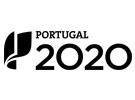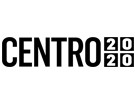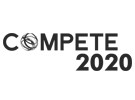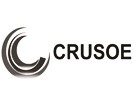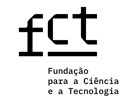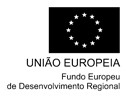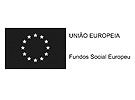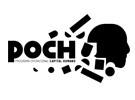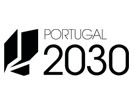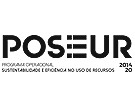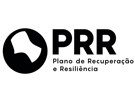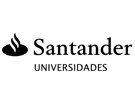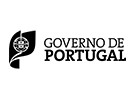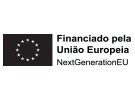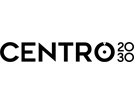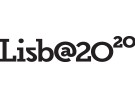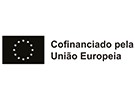



Publication in the Diário da República: Despacho n.º 428/2023 de 09/01/2023 + RA-EF/641/2011/AL04 de 22/01/2025
4 ECTS; 1º Ano, 1º Semestre, 42,0 TP + 2,0 OT , Cód. 829722.
Lecturer
- Hália Filipa da Costa Santos (1)(2)
(1) Docente Responsável
(2) Docente que lecciona
Prerequisites
NA
Objectives
1.Acquire knowledge that allows you to identify the Journalistic Genres used in the Media for their production. Understand the functions of each Journalistic Genre, taking into account the objectives of the information to be transmitted and the medium in which they are conveyed.
2. Apply theoretical knowledge to the analysis of articles published in the press and/or edited in audiovisual media, as well as to the production of journalistic content. Understand the information gathering procedures inherent to each Journalistic Genre, as well as how this information should be processed.
Program
1. News
1.1. Assumptions: topicality, veracity, meaning, and interest
1.2. The six questions
1.3. Structure: lead, entry, and titles
1.4. Rules for constructing news
1.5. The pyramid technique
1.6. Journalistic approach/commercial approach
2. Sponsored content
2.1. What is it?
2.2. Who produces it?
2.3. For what purpose?
2.4. Crossover with journalism?
3. Interview
3.1. Why interview?
3.2. Key ideas of the interview
3.3. Question/answer or running text
3.4. Types of interview
3.5. Preparation and anticipation of problems
3.6. Conducting the interview
3.7. Transcribing the interview
4. Reportage
4.1. Noble genre? 4.2. Small and large reports
4.3. Preparation and anticipation of problems
4.4. Researching information and choosing the right angle
4.5. Describing environments and participants
Evaluation Methodology
ASSESSMENT BY ATTENDANCE (periodic):
Two written exams (40% + 40%) plus work developed in the classroom (20%).
To take the second written exam, the student must have a minimum score of 7 (seven) on the first written exam.
The final grade for the course is the weighted average of the two defined assessment components.
EXAM (Regular, Resit, and Special):
Written exam (100%)
This assessment applies to Student Workers.
Erasmus students must contact the instructor during the first three weeks of classes to learn about their assessment method.
The student passes the course in accordance with the provisions of Points 11 and 12 of Article 11 of the IPT Academic Regulations.
Bibliography
- Fontcuberta, M. (1999). A Notícia - pistas para compreender o mundo. Lisboa: Editorial Notícias
- Gradim, A. (2016). Framing, o enquadramento das notícias. Lisboa: Horizonte
- Público, J. (2005). Livro de Estilo . Lisboa: Público
- Silva, V. (2009). Para o Estudo da Entrevista.. . Lisboa: Colibri
Teaching Method
Presentation of theoretical concepts with references to academic and journalistic articles. Presentation of the characteristics of journalistic content in different media. Promotion of debate on different editorial options.
Software used in class
E-learning tools
